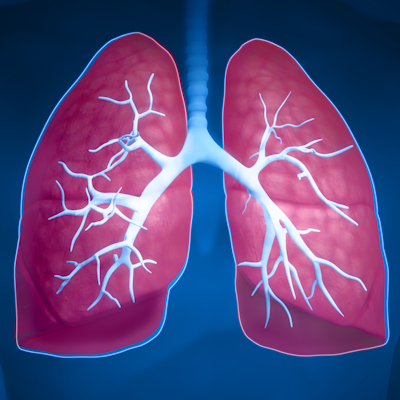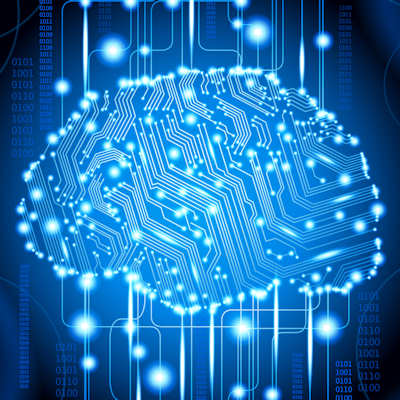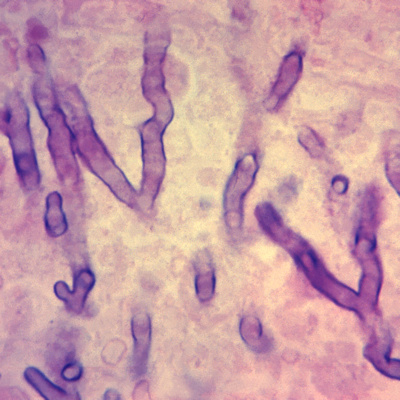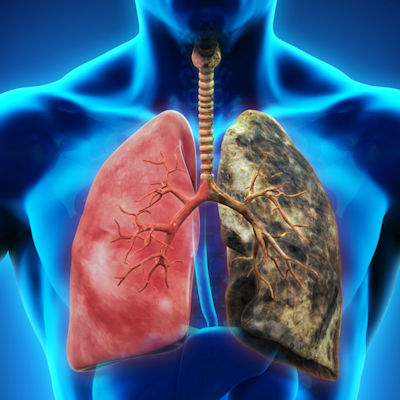April 13, 2023 -- The application of bulk RNA sequencing to samples from almost 1,000 donors has created an atlas of the mutations that accrue in different tissues as people age.
Once an egg is fertilized and the first cell begins dividing to form a fetus, damage starts to occur to DNA. The body repairs most of the errors but sometimes misses a fault or fails to fix the problem, causing cells to diverge from the original set of DNA that the person had at the start. With each person having around 30 trillion cells, and producing quadrillions across their lives, there are many opportunities for error.
However, researchers have lacked a clear picture of when in a person's life mutations occur, which organs they affect, and what health problems the mistakes cause. A study led by researchers at Oregon Health & Science University has attempted to fill that gap in our knowledge of postzygotic mutations (PZMs).
Writing in Science in a paper published Thursday, the researchers describe the generation of a multi-tissue atlas of PZMs using more than 17,000 samples from almost 1,000 postmortem donors. The samples covered 54 diverse tissues and cell types. To characterize the mutations, the team developed a computational method using bulk RNA sequencing.
Nicole Rockweiler, PhD, now a postdoctoral associate at the Broad Institute of Massachusetts Institute of Technology and Harvard University, outlined some of the key findings in a blog post published after the release of a preprint.
"We learned that some tissues, like the esophagus and liver, acquire a lot of mutations whereas other tissues like the brain, acquire fewer mutations," Rockweiler said. "This made sense to us because the esophagus and liver are exposed to many environmental toxins; here, the cells must transmit the message in a noisy environment. A low number of mutations in the brain also makes sense because the brain is primarily composed of cells that don't replicate."
Rockweiler and her collaborators found that most of the mutations that occurred during gestation arise during gastrulation, an early, critical period of development. Overall, most of the detectable mutations occurred later in life. Measured technical and biological effects can explain almost half of the variation in mutation burden among tissue samples. Nine percent can be attributed to donor-specific effects.
The researchers see the database as a resource that may help scientists understand and predict when a mutation is likely to have negative effects on the health of an individual.
Copyright © 2023 scienceboard.net











